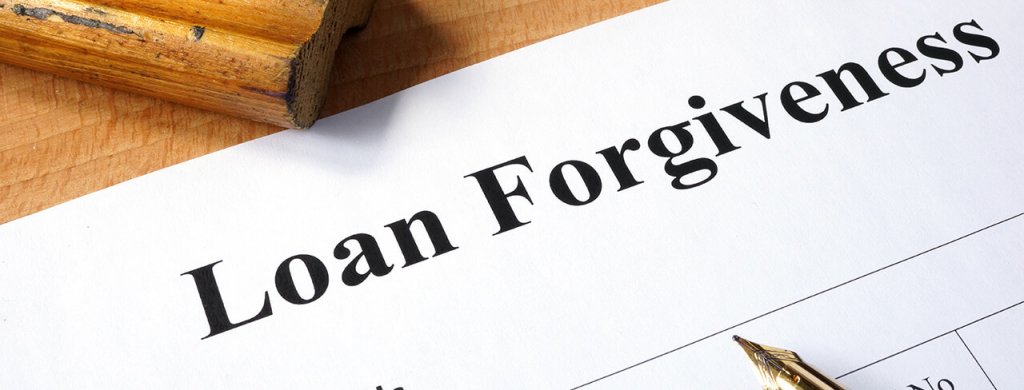As mentioned in our April 1st article on the Paycheck Protection Program (PPP), loans obtained through the program will generally be forgivable if the funds are applied to specific areas to keep employees working. This article explores the process for applying for loan forgiveness, but you can learn more from our original article on the PPP. Additionally, the Department of Treasury (DOT) has created the Paycheck Protection Program Borrower Guide which contains further detail on the program and loan forgiveness.
PPP Loan Forgiveness
If you have already received your loan through the PPP, you may be wondering what you’ll need to do to apply for forgiveness at the end of your eight weeks. The applications for forgiveness will go through your lender that is servicing your loan. They can provide you with the instructions on how to apply.
According to the DOT, when you apply for forgiveness you’ll need to:
- Verify the number of full-time equivalent employees and pay rates. This would include:
- Payroll reports
- Payroll tax return filings
- Unemployment insurance filings from your state
- Verification of retirement and health insurance contributions (examples include cancelled checks, 3rd party receipt, retirement plan contribution report)
- Employee paid time off that is not already included in previously mentioned payroll reports or covered by the Families First Coronavirus Response Act
- Show proof of payments on eligible mortgage, lease, and utility obligations (examples include statements that show previous payments, payment receipts or confirmations, and cancelled checks)
- Certify that the documents are true and that you used the forgiveness amount to keep employees and make eligible mortgage interest, rent, and utility payments
Your payroll provider should be able to assist you with the gathering and printing of your payroll related reports.
What You Can Do Now to Increase Your Odds of Forgiveness
Keep Funds Separate
If possible, set up a separate account to keep your PPP funds. This makes it easier to trace where your funds were used.
Track Everything
AHP recommends that you keep detailed records related to every expense paid with your PPP funds. Track how you are spending your funds and save supporting receipts and copies of bills. Err on the side of tracking too much. There is still a lot of gray area related to PPP loan forgiveness.
Plan. Plan. Plan.
Create a spreadsheet to plan how you’ll be utilizing your funds. But don’t stop there. Create projections for the future based off your current situation. Run through various scenarios to assist you in making realistic business decisions. Plan for a slow recovery.
Track Your Wages and Full Time Employee Count
The amount of the loan forgiveness is reduced if you lower your employee wages or number of employees during the covered period compared to the most recent quarter.
What Happens if Your Loan isn’t Forgiven?
The outstanding balance has a maturity rate of two years with a 1% interest rate. Payments will begin six months after disbursement, but the loan will accrue interest at 1%, beginning with disbursement. There are no penalties for prepayment.
Potential for More Funding
The PPP is now closed due to reaching the capacity of funding available. The Senate has already passed $320 billion in additional funding for the program and it is expected that the House will vote on it by Thursday, April 23. If you didn’t receive a loan in the first wave, be sure to have the proper documentation ready if they start taking applications again.
We are expecting more guidance from the DOT regarding PPP loan forgiveness to come out, but we are unsure of when that will be. We’ll keep you informed as more information becomes available.
Additional Resource: Business Client Notification — Paycheck Protection Program Considerations
Any accounting, business, or tax advice contained in this communication, including attachments and links to outside sources, is not intended as a thorough analysis of specific issues, nor a substitute for a formal opinion, nor was it written to be used to avoid tax related penalties.



